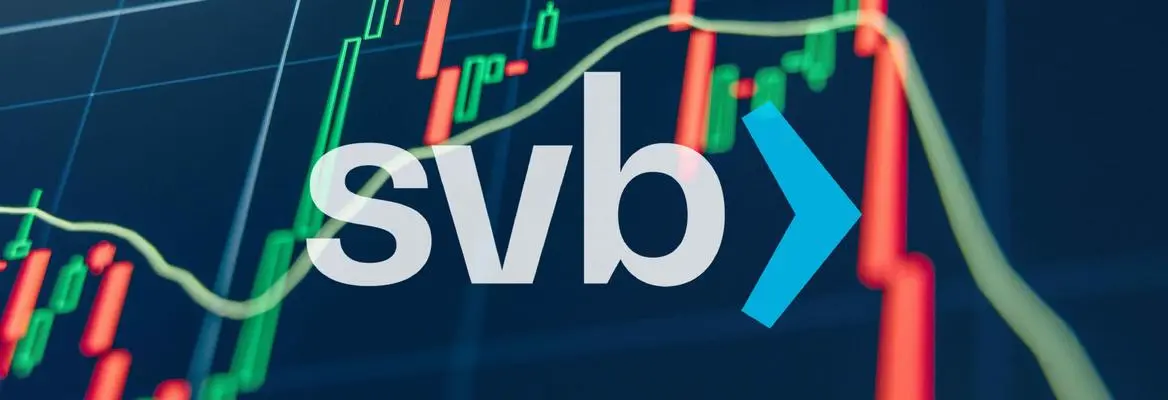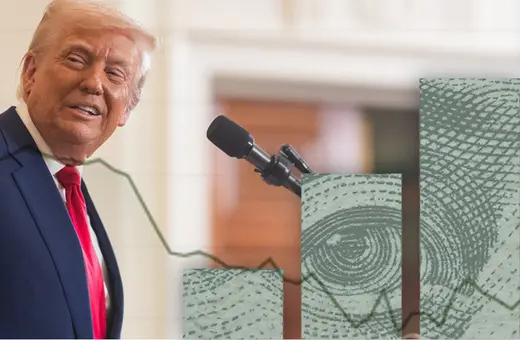The shock collapse of Silicon Valley Bank has erupted in a volley of finger pointing at central banks, regulators, venture capitalists and governments. However, this is only part of the story. Until we understand the cyclical nature of financial crises, and take a step back to contextualise our current situation, we will always be on the back foot when it comes to preventing these crises, writes Huw Macartney.
We’re asking the wrong kind of questions surrounding the collapse of Silicon Valley Bank. Five main issues have emerged thus far: business models; stability; moral hazard; regulation; and tightening. With depositors’ money on the line and the potential failure of even more banks, these five immediate and pressing issues are understandable. But there is never a right time to ask a sixth set of questions – those around financial, regulatory and monetary policy cycles. Without considering the broader picture, we remain stuck in a Groundhog Day loop, where crisis follows crisis with disconcerting regularity and similarities, and yet the authorities (alarmingly!) seem repeatedly shocked when the loop repeats itself. Until authorities recognise and get ahead of the cyclical nature of financial crises, our responses to crisis will always be on the back foot. A new cyclical argument for regulatory politics needs to be built.
 SUGGESTED READING
Monetarism could save the economy
By John Greenwood
SUGGESTED READING
Monetarism could save the economy
By John Greenwood
On Friday 10th March US authorities took control of Silicon Valley Bank. As the US Federal Reserve raised interest rates, holders of long-term government bonds saw the price of those investments fall. SVB had large holdings of these supposedly safe bonds and by Wednesday 8th the bank admitted that it had lost $1.8bn in attempting to offload these assets. The bank then declared that it would need to sell its own shares to cover losses. The following day its share price had fallen 60% as depositors rushed for the exit. This was – as you will almost certainly now be aware – the second biggest bank run in US history; a not insignificant achievement for a little known West-Coast bank!
Let us first consider the five issues that are dominating SVB coverage.
First, analysts are asking questions about the business model used by SVB. Why did it decide to pursue such a seemingly fragile investment strategy – whereby 95% of its deposits were effectively uninsured and it invested so heavily in long-duration bonds? To what extent did it function as a bank – which has less risk and more insurance – as opposed to something similar but notably different, like a money market fund – with more risk and less insurance? The aim, one supposes, is to get to the root of why this bank failed and how appropriate government rescue packages are.
___
We remain stuck in a Groundhog Day loop, where crisis follows crisis with disconcerting regularity and similarities, and yet the authorities (alarmingly!) seem repeatedly shocked when the loop repeats itself
___





















Join the conversation